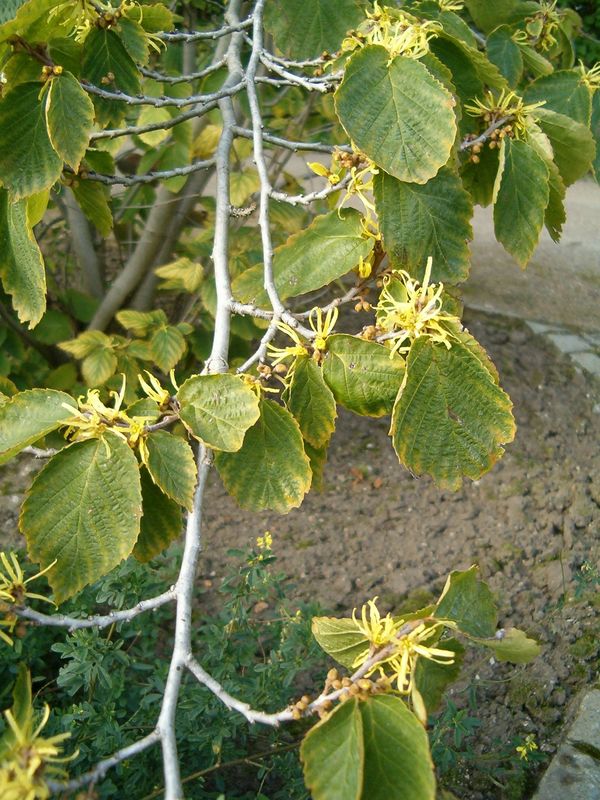Description
Witch hazel is a plant native to eastern North America. It is a deciduous shrub or small tree that grows to a height of 6-25 feet tall. The plant has thin, smooth, and gray bark. Its leaves are 2-6 inches long and 1-3 inches wide, with a wavy or serrated margin. The leaves are yellow or orange in the fall. The plant produces fragrant, yellow flowers in the fall, which bloom from October to November. The flowers are small, with four thin petals that curl back at the tips.
Witch hazel grows best in moist, well-draining soils and prefers partial shade to full sun. It is tolerant of a wide range of soil pH, but does best in acidic soils. The plant is hardy in zones 3-9. To cultivate witch hazel successfully, a grower should plant it in a location with good air circulation and provide it with regular water during dry periods. Pruning can also help to maintain the plant’s shape and encourage healthy growth.
Witch hazel is not edible. However, the plant has a long history of medicinal use. The bark and leaves have been used to treat skin conditions, including acne, inflammation, and bruises. The plant’s astringent properties make it useful for treating minor cuts and scrapes, and it has been used as a natural deodorant.
Witch hazel is valuable for wildlife. The plant provides food for birds and small mammals, and its fall flowers are an important source of nectar for pollinators. The plant’s thick, multi-stemmed growth habit provides cover and nesting sites for birds and other animals.
In addition to its medicinal uses, witch hazel has several other uses. Its wood is strong and flexible, and has been used to make tools and implements. The plant’s bark can be used as a natural dye, and the plant’s leaves and stems have been used for weaving baskets and other items. Witch hazel is also a popular ornamental plant, valued for its fall flowers and attractive foliage.

